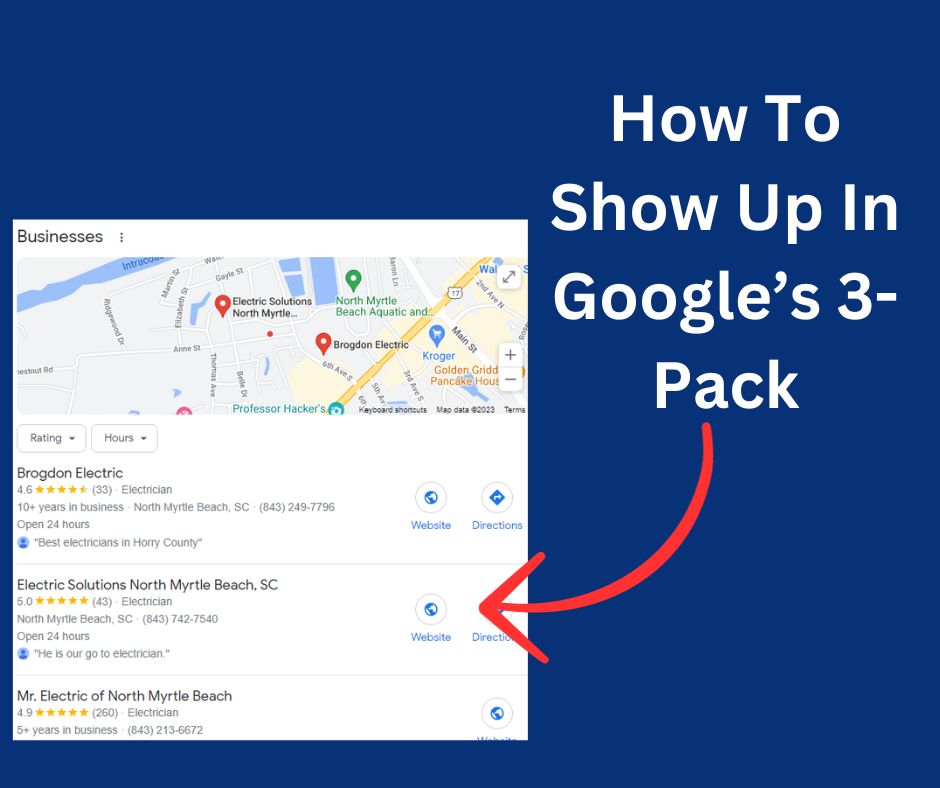Why Google My Business is Important for Your Plumbing, Heating or HVAC Company
GMB is a powerful listing tool that is essentially a small snapshot of your business. This tool instantly shows your customers your business’s general information such as your phone number, contact information, address, service offerings, service area etc. It’s ability to push you in local search engine results is a huge advantage for businesses focused on a local customer base, such as plumbers or HVAC contractors. Google allows customers to receive immediate results from their searches. But, GMB is not just a place to find basic information about your business. A GMB listing for your company is the first step in local area search success – it is the greatest impact for businesses looking for local exposure.
When a customer enters Google and searches for a local business, the information is instantly right there through the GMB tool. This is a huge help to small or large businesses marketing strategies. When used correctly, it can increase your businesses revenue and provide you with valuable information about your customers! The most important thing you can do for yourself and your business is to claim your free GMB listing.
With that being said, following are the seven ways having a GMB listing can help your plumbing, heating or HVAC company.

1. Telling Google What You Do & Where You Do it
The first, and maybe most important, thing GMB shows is the services your company provides and offers. What exactly type of company do you own and operate? It also lays out your business’s service area. The common areas you do work in or around, and the average commute from the city/town you are based out of. Building out your GMB listing will also put your company on the Google Map, which will allow for your company to get even more search results.
2. Talk to Customers in Real Time
You can activate this option through the GMB tool, making it even easier and faster for customers to get in touch with you. You can communicate one-on-one by answering questions, concerns and increasing loyalty.
3. Provide Your Customers with a Quick & Easy Way to Get in Touch
4. Reviews, Reviews & More Reviews!
5. Further Cement The Quality of Your Work Through Real Life Work Examples
6. Keeping Customers Up to Date With Your Business Information & Promotions









